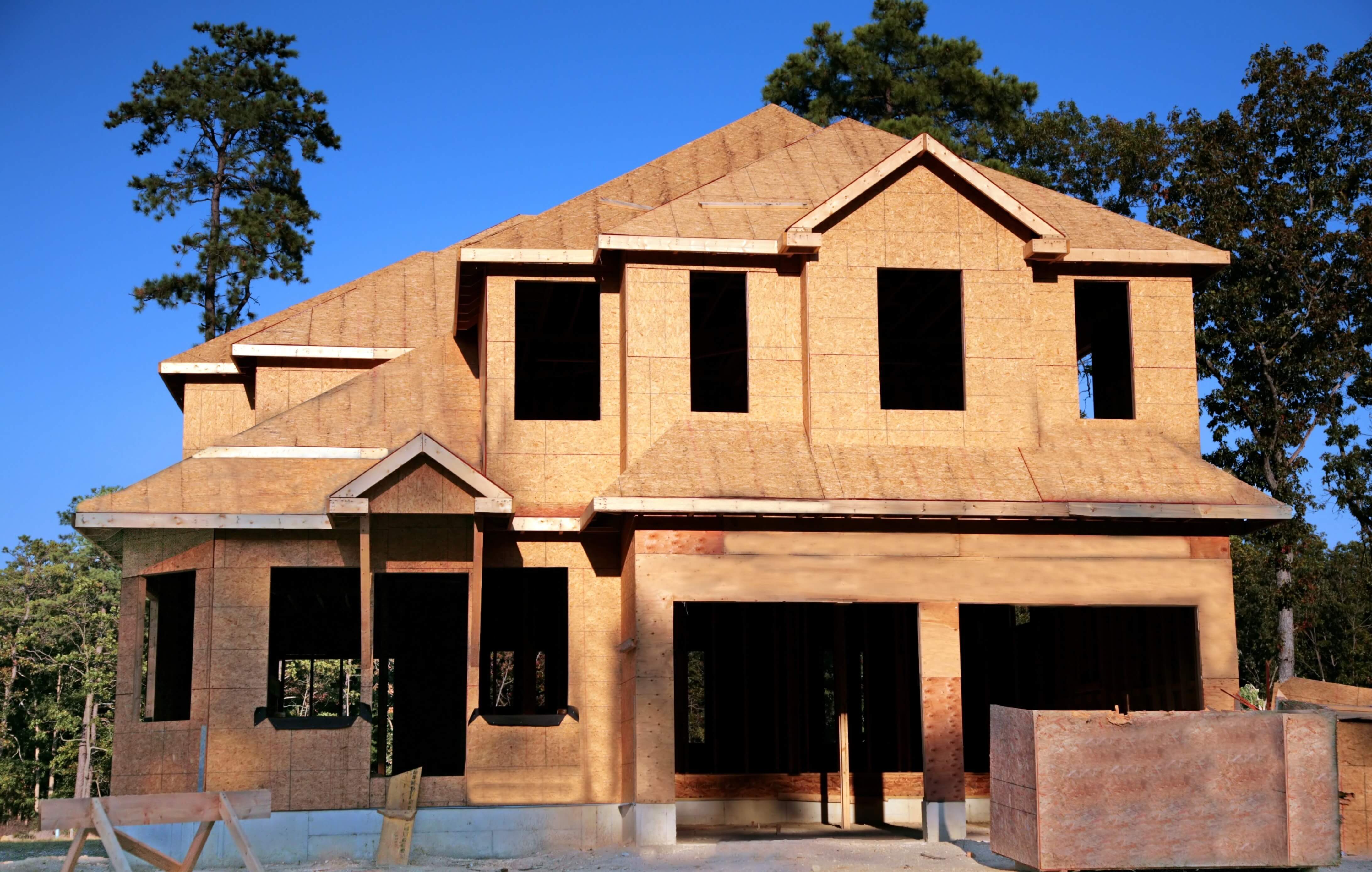Choosing between a modern layout and conventional design can be daunting when planning a new home construction. Both designs offer unique advantages and appeal to different lifestyles, making it crucial to think about what works best for you. With the rise of contemporary lifestyles, open concept designs have become favored for their spaciousness and ability to create a smooth transition between rooms. On the other hand, traditional layouts offer defined spaces that can improve privacy and order.
As you embark on your journey of building a new home, it is important to weigh the advantages and disadvantages of these layouts in the framework of your requirements and wants. Whether you are inclined toward the spacious atmosphere of an open floor plan or the classic charm of traditional rooms, comprehending the implications of each design choice will help you create a home that truly reflects your lifestyle. In this article, we will explore the essential factors to think about when choosing between a modern layout and a traditional layout, alongside helpful suggestions to guide your new home construction.
Understanding Layouts: Open Concept vs. Traditional
While selecting on the layout of your fresh home, it's essential to weigh the benefits and disadvantages of open concept versus traditional designs. Open concept homes focus on a free-flowing layout where the kitchen, recreation space, and dining space blend together. This style facilitates socializing, making it suitable for family reunions and arranging get-togethers. https://blogfreely.net/pastepatch9/selecting-the-suitable-resources-for-ones-new-home of barriers can also create an illusion of expanded space, allowing for adaptability in furniture arrangement and interior design.
On the other hand, traditional layouts offer separated spaces that ensure intimacy and distinction between various areas of the house. Rooms like the kitchen, dining room, and recreation space are clearly separated, which can create a sense of coziness and order. For families with particular requirements, such as workspaces or children's areas, this type of layout can be helpful, as it allows for specialized areas designed to specific activities.
In the end, the selection between open concept and conventional layouts boils down to subjective choice and lifestyle. Reflect on how you and your family function, entertain, and use space daily. Both layouts hold their own benefits, so thinking through your wants and how you see your new home will help you determine the right option for your next home.
Building Timeline: What Is the Actual Duration?
The schedule for constructing a new house can differ greatly based on several elements, including the dimension of the house, the complexity of the design, and the effectiveness of the building team. Generally, the entire procedure can take anywhere between several months to over a year. On average, anticipate around six nine for a standard single-family house. This timeframe includes land preparation, the actual construction phase, and the final check-ups prior to moving in.
To get a more detailed breakdown, key phases such as obtaining permits and reviews typically take several weeks to a few months, based on local regulations. Once construction starts, the framework, electrical, pipework, and finishing work each take a specific amount of time. Moreover, setbacks can occur due to climatic factors or supply chain problems, which are more and more common in today's building landscape. Maintaining an open line of dialogue with your builder about progress and challenges is essential in handling expectations.
Understanding this timeline can assist you properly organize your move into your new house and avoid any unexpected events. It also emphasizes the importance of comprehensive planning and preparation before starting construction. Being aware of potential setbacks and having a clear timeline, you can more effectively navigate the challenges of new home construction and ensure a more seamless construction process.
Securing Your Dream Home: Critical Tips

As you embarking on the process of building a fresh home, grasping your financing options is imperative. Commence by looking into different types of loans specifically designed for new construction, such as construction-to-perm loans or standard mortgage options. Each type has its own set of conditions and consequences for your budget, so it’s important to familiarize yourself with the conditions, interest rates, and payment plans. Talking to a finance professional can help determine which financing option is most appropriate for your financial situation.
Moreover, cost management plays a significant role in the funding of your dream home. Be sure to consider both initial expenses and ongoing expenses. Establishing a thorough budget will help you pinpoint areas where you can save and where you might need to splurge. Don’t forget the hidden costs associated with recent builds, including permits, inspections, and landscaping. Establishing a strong financial plan in place can mitigate shocks later on and ensure that your ideal home doesn’t come with an burdensome financial burden.
In conclusion, securing pre-qualification from loan providers can give you a winning advantage when it comes to bidding or working out deals with builders. Getting pre-approved provides you with a more detailed view of how much you can afford and shows builders that you are a serious buyer. Spend some time shop around and review offers, as rates and terms can vary significantly among lenders. With a dynamic approach to financing, you’ll be better prepared to navigate the development journey and enjoy the exciting journey of creating your future home.
